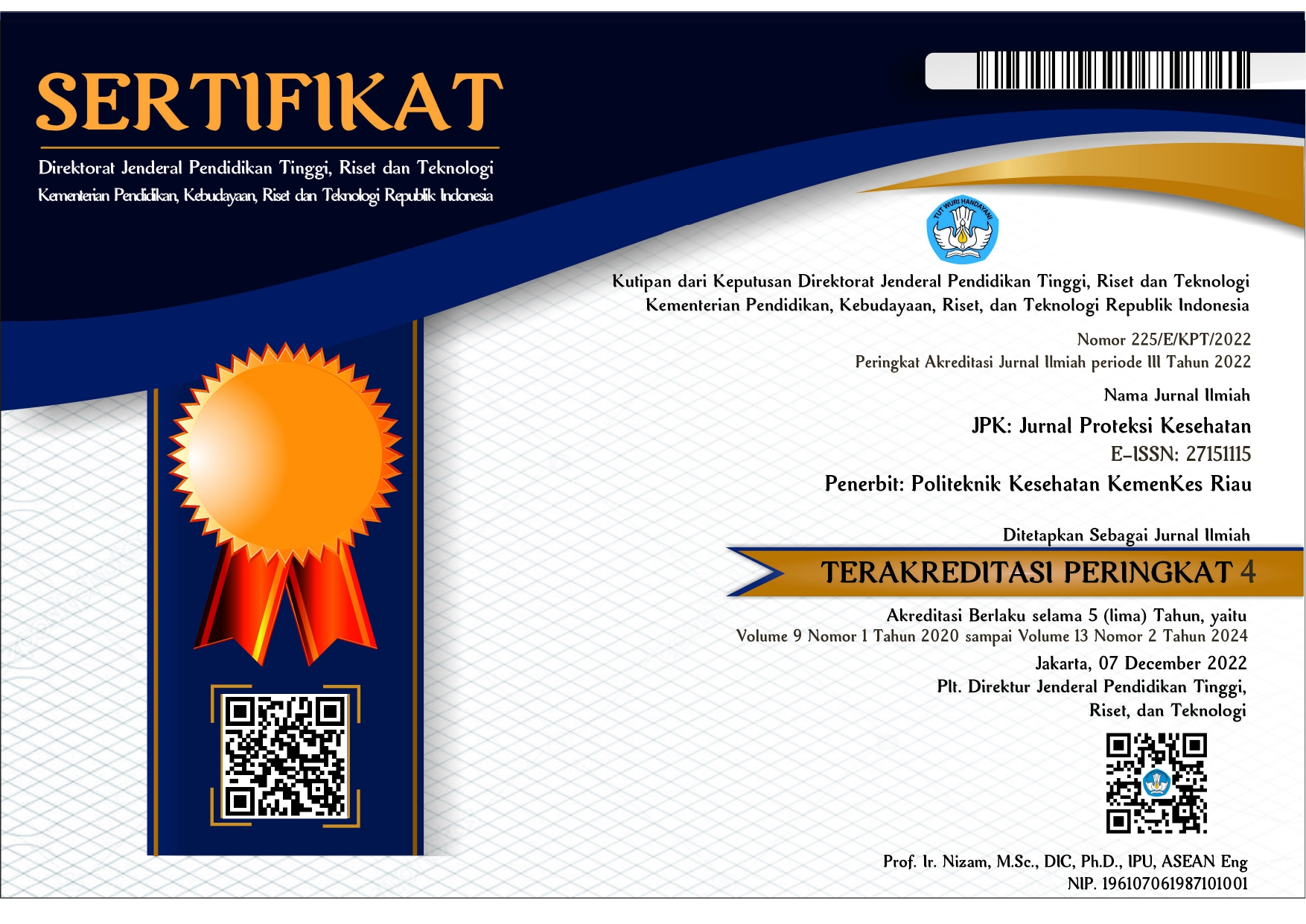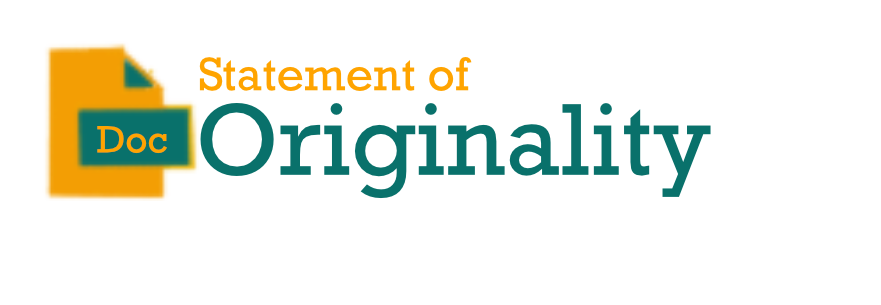Author Guidlines
Submission

Submission Preparation Checklist
As part of the submission process, authors are required to check off their submission's compliance with all of the following items, and submissions may be returned to authors that do not adhere to these guidelines.

Author Guidelines
The journals have a policy on Plagiarism. We recommend authors check their articles by plagiarism prevention tools (turnitin.com, ithenticate.com, etc.) before submission.
If you have any questions, please feel free to contact the editorial assistant at jpk@pkr.ac.id
Authors must strictly follow the submission guidelines of the journal. To submissions that do not adhere to the guidelines provided, they will be RETURNED FOR CORRECTIONS. Please submit your article through the online submission of this journal.
Manuscript Guideline
- The articles can be written in Indonesia and in English, should have a title in English and in Indonesia, 5 to 10 words, capitalize in each word, should have an abstract not be more than 150 words in length, followed by three to five keywords related to your article.
- The length of a camera-ready manuscript (including abstract, table(s), figure(s), and references) should be between 6000-18.000 words for research papers and 4000 words onward for review papers.
- Write the manuscript in Indonesia or in English. Write all text, including section titles and figures, in a two-column format. Exceptions to the two-column format include the title at the top of the first page and any full-width figures or tables.
- Start all pages directly under the top margin. The text should be centered on each page.
- Paper size should be A4, this roughly means leaving 2.5 cm (1 in) margins on the left and right sides of each page as well as a 2.5 cm (1 in) margin on the top and bottom of each page.
- Type single-spaced. Indent when starting a new paragraph. Use Tw Cent MT font, 12 points for text, 12 points (bold) subsection headings, 12 points (bold) for section headings, 16 points (bold) for the title, 12 points for authors’ names, and 10 points for their affiliations.
Structure Guideline
Title
- The title should summarize the main idea or ideas of your paper; the title is within 10 words maximum.
Abstract
- Make sure that the abstract is informative, can stand alone, and covers the content.
- Should adhere to international standards: introduction (one sentence), materials/methods, results, conclusions
- A combination of the problem and the conclusions.
- Maximum length according to the Journal instructions.
- No figures or citations should be included here.
Keywords
- 3-6 keywords. Should be descriptive. The title words should not be repeated here.
Introduction
- State the objective, the problem - the research question to be addressed,
- Provide a concise background: why the work was done,
- Quote literature only with direct bearing on the problem - not a textbook,
- State a hypothesis – a suggested solution to the problem.
Literature Review (Optional)
- Include the current knowledge including substantive findings, as well as theoretical and methodological contributions to your topic. A literature review surveys books, scholarly articles, and any other sources relevant to a particular issue, area of research, or theory, and by so doing, provides a description, summary, and critical evaluation of these works in relation to the research problem being investigated.
Method
- Provide sufficient detail to allow your work to be reproduced. Methods already published should be indicated by a reference: only relevant modifications should be described.
Results and Discussion
- Present the results of your work. Use graphs and tables if appropriate, but also summarize your main findings in the text. Do NOT discuss the results or speculate as to why something happened; that goes in the Discussion.
- Highlight the most significant results, but do not repeat what has been written in the Results section. The purpose of the discussion is to interpret and describe the significance of your findings in light of what was already known about the research problem being investigated and to explain any new understanding or insights that emerged as a result of your study of the problem. A combined Results and Discussion section is often appropriate.
Conclusions
- This is the “take-home message” of the paper. Should be short and concise.
- Must be possible to derive from the results and discussion.
- It is not a summary of the paper.
- Recommendations for future research related to your topic should also be mentioned.
- No references.
Acknowledgments (optional)
- Give credit to funding bodies and departments that have been of help during the project, for instance by supporting it financially.
References
- The minimum number of current studies (10 years latest) cited and listed in the REFERENCES should not be less than 25 studies taken from journal articles.
- The citation used in the body text should be mention in the references list and vice versa
- The references do not yet follow the latest version of IEEE citation style. Please use this guide to learn how to cite studies in IEEE citation format: https://ieee dataport.org/sites/default/files/analysis/27/IEEE%20Citation%20Guidelines.pdf
Manuscript Guideline
The camera-ready manuscript guideline can be downloaded from link











